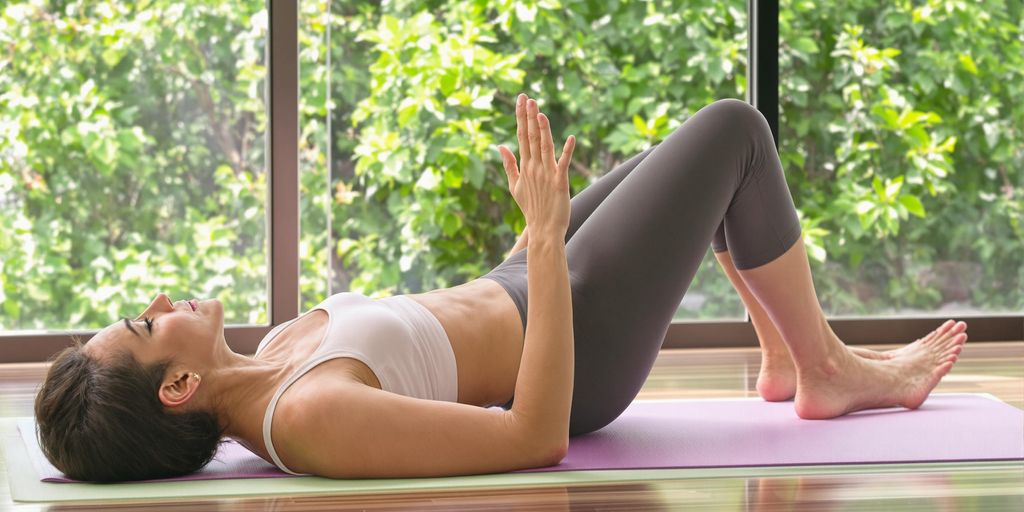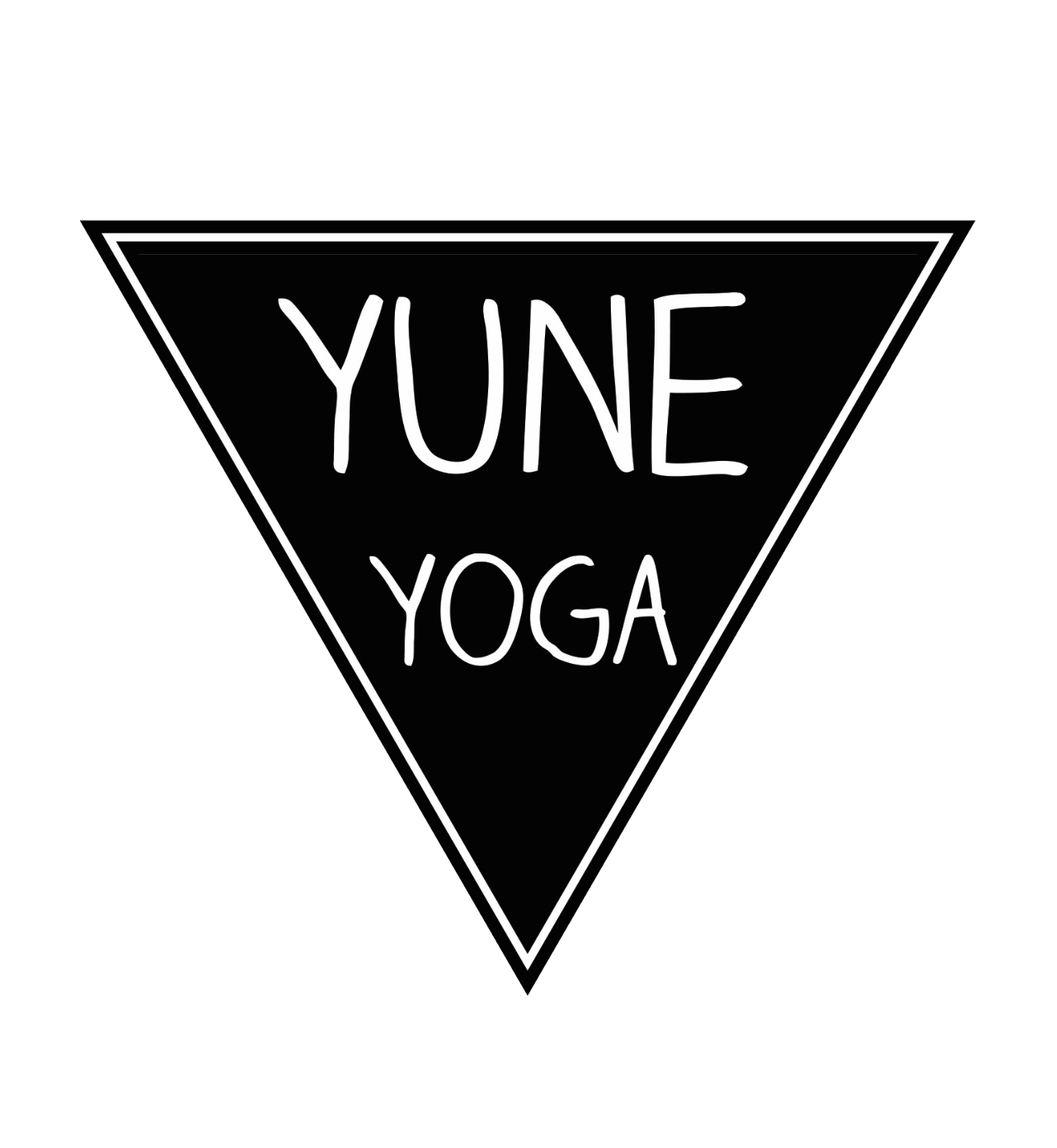
Unlocking Core Strength: The Essential Role of Crunches in Yoga Practice
When it comes to yoga, building a strong core is often overlooked, but it’s one of the most important aspects of your practice. Crunches, though often debated, can actually play a key role in strengthening your core when done properly. Whether you're a beginner or an experienced yogi, understanding how to integrate crunches into your routine can make a big difference. Let’s break it down and see how crunches can help you enhance your yoga journey.
Key Takeaways
- Crunches can help strengthen your core, but they need to be performed with proper alignment to avoid strain.
- Pairing crunches with yoga poses like Plank or Boat Pose can improve overall stability and balance.
- There are safer alternatives to traditional crunches, such as Deadbug or Birddog, which are easier on the lower back.
- Breathing techniques in yoga play a big role in activating your core muscles during crunches.
- A balanced yoga routine that includes crunches can improve posture, spinal support, and overall body control.
The Science Behind Crunches in Yoga

How Crunches Engage Core Muscles
Crunches are often seen as a go-to move for working the abdominal muscles, but how do they actually function in yoga? When you perform a crunch, the primary muscle activated is the rectus abdominis, which is responsible for that "six-pack" look. But that's not the full story. Crunches also engage the transverse abdominis and obliques to some extent, especially when done with proper form. However, studies show that traditional crunches may only activate about 20% of the rectus abdominis, with much of the effort shifting to the hip flexors instead. This imbalance can lead to less effective workouts and even strain on the lower back if not done carefully.
The Role of Breathing in Core Activation
Breathing isn’t just about oxygen—it’s a tool for core stability. In yoga, conscious breathwork, or pranayama, activates the diaphragm and pelvic floor, key components of your core. This creates intra-abdominal pressure, which stabilizes your spine and pelvis. When you exhale during the "crunch" phase of a movement, it helps engage the deep core muscles, making the exercise more effective. Improper breathing, on the other hand, can lead to over-tensioning of the rectus abdominis and disrupt the natural rhythm of your core.
Common Misconceptions About Crunches
- Crunches are the best way to strengthen your core: Not entirely true. While they target some abdominal muscles, they often neglect deeper stabilizing muscles like the transverse abdominis.
- Crunches improve posture: Actually, over-reliance on crunches can worsen posture by tightening the front of the body and neglecting the back.
- More crunches equal better results: Quality matters more than quantity. Poor form or overdoing it can lead to strain, especially in the lower back.
Crunches can be a useful tool in your yoga practice, but only when done with mindful breathing and attention to form. They’re not the be-all and end-all of core training but can be part of a balanced approach to building strength.
Integrating Crunches into Your Yoga Routine
Best Practices for Safe Crunches
Crunches can be a solid addition to your yoga routine, but only if done with care. Rushing through them or using poor form can lead to injury. Here are some tips to keep your crunches safe and effective:
- Engage your core properly: Focus on pulling your belly button toward your spine. This helps activate the deep core muscles instead of relying on your neck or hip flexors.
- Avoid pulling on your neck: Keep your hands lightly behind your head, with your elbows wide. Your neck should stay neutral.
- Move slowly and with control: Quick, jerky movements are less effective and increase the risk of strain. Take your time on both the upward and downward phases.
Modifications for Different Skill Levels
Not everyone’s core strength is the same, and that’s okay. You can adapt crunches to match your fitness level:
- Beginner: Start with small crunches, lifting just your head and shoulders off the ground. You can also keep your feet flat on the floor.
- Intermediate: Add a twist at the top of your crunch to engage your obliques. Alternate sides for a balanced workout.
- Advanced: Try holding a yoga block or light weight above your chest to increase resistance. You can also perform crunches on a stability ball for an added challenge.
Combining Crunches with Traditional Yoga Poses
Crunches don’t have to be isolated exercises. Blend them into your yoga practice to make them more dynamic and functional:
- Pair crunches with Boat Pose for a seamless transition. Hold the pose and add small crunching movements to intensify the burn.
- Use crunches as a warm-up for Plank Pose or Side Plank to ensure your core is fully activated.
- Incorporate crunches into a flowing sequence, such as moving from Downward Dog to a crunch in a knee-to-nose position, then back to Downward Dog.
Benefits of Crunches for Core Strength

Improved Posture and Spinal Support
Crunches, when performed correctly, can strengthen the muscles that help maintain an upright posture. This includes the rectus abdominis and obliques, which support the spine and reduce slouching. A strong core acts like a natural brace for your lower back, helping to prevent discomfort and long-term issues. Over time, this can lead to better posture whether you're standing, sitting, or moving through your daily activities.
Enhanced Balance and Stability
Your core is the foundation of nearly every movement you make. By including crunches in your routine, you train your body to stabilize itself more effectively. This improved stability can make activities like yoga poses, walking, and even lifting groceries feel more controlled and balanced. Plus, a stable core reduces your risk of falls and injuries, especially as you age.
Strengthening Deep Core Muscles
While crunches are often thought of as targeting surface-level muscles, they also engage deeper layers like the transverse abdominis. These muscles play a crucial role in stabilizing your spine and pelvis. For example, this yoga core exercise not only works on the visible abs but also strengthens supporting groups like the hip flexors and spinal stabilizers. This holistic engagement makes crunches a valuable addition to your core-strengthening toolkit.
A consistent core routine, including crunches, builds not just strength but confidence in your movements. It’s about creating a foundation that supports your whole body.
Alternatives to Traditional Crunches in Yoga
Exploring Deadbug and Birddog Poses
If crunches feel like they’re doing more harm than good, you’re not alone. Deadbug and Birddog poses are excellent alternatives that focus on stability and balance while engaging your entire core. These moves don’t just hit the abs—they work your back, hips, and even your shoulders.
- Deadbug: Lie on your back with your arms and legs in the air. Slowly lower one arm and the opposite leg toward the ground, then return to the starting position. Repeat on the other side. This move is a game-changer for building coordination and core strength.
- Birddog: Start on all fours. Extend one arm forward and the opposite leg back, keeping your hips level. Hold for a moment, then return to the starting position. This pose is great for improving posture and spinal stability.
These poses are simple yet effective, making them staples in many yoga routines. They’re all about quality over quantity—focus on slow, controlled movements for the best results.
The Janda Crunch: A Safer Option
The Janda Crunch is a smarter take on the traditional crunch. It minimizes strain on your lower back while targeting your abs more effectively. Instead of yanking your neck forward, you’ll engage your glutes and hamstrings to stabilize your pelvis. This keeps your spine in a safer position.
Here’s how to do it:
- Lie on your back with your knees bent and feet flat on the floor.
- Press your heels into the ground while squeezing your glutes.
- Perform a small crunch, lifting your shoulders just a few inches off the mat.
This move is all about precision. Keep the motion small and controlled—no need to go all the way up.
Why Plank Variations Work Better
Planks are like the Swiss Army knife of core exercises. They engage your abs, back, shoulders, and even your legs, all without the risks that come with traditional crunches. Plus, there are tons of variations to keep things interesting:
- Forearm Plank: A classic move that builds endurance and strength.
- Side Plank: Targets your obliques and improves balance.
- Plank with Shoulder Taps: Adds an element of coordination and challenges your stability.
Planks are also easy to modify. Beginners can start on their knees, while advanced practitioners can try adding leg lifts or holding the pose longer.
If you’re practicing intense forms of yoga like Bikram, consider using a yoga towel to keep your grip steady during planks. It’s a small addition that can make a big difference in performance and comfort.
Building a Holistic Core Routine with Yoga
Incorporating Dynamic Movements
Dynamic movements are a great way to keep your yoga practice engaging and effective. Instead of holding static poses for long periods, try incorporating flowing sequences like Sun Salutations or Vinyasa flows. These movements not only strengthen your core but also improve your coordination and flexibility. The key is to keep moving while maintaining control, ensuring that your core stays engaged throughout.
Here’s a quick example of a dynamic sequence:
- Start in Downward Dog.
- Transition to Plank Pose.
- Lower into Chaturanga.
- Push into Upward Dog.
- Return to Downward Dog.
Repeat this sequence three to five times, focusing on your breath and core engagement.
Balancing Strength and Flexibility
A well-rounded yoga routine doesn’t just focus on building strength; flexibility is equally important. While poses like Plank and Boat target your core muscles, stretching poses like Cobra or Child’s Pose help maintain flexibility. This balance ensures that your muscles stay functional and less prone to injury.
Here’s a quick comparison of strength vs. flexibility poses:
| Strength Pose | Flexibility Pose |
|---|---|
| Plank | Cobra |
| Boat | Child’s Pose |
| Side Plank | Seated Forward Bend |
By alternating between these types of poses, you create a routine that supports both power and ease in your movements.
Creating a Progressive Yoga Sequence
Building a routine that grows with you is essential for long-term success. Start with beginner-friendly poses like Cat-Cow or Bridge, then gradually incorporate more challenging ones like Crow Pose or Side Plank. Progression keeps your practice exciting and ensures continuous improvement.
A sample progression might look like this:
- Week 1-2: Focus on foundational poses like Plank and Cobra.
- Week 3-4: Add intermediate poses like Boat and Side Plank.
- Week 5 and beyond: Incorporate advanced poses such as Crow or Wheel Pose.
Building a holistic core routine isn’t about rushing to the hardest poses. It’s about consistency and listening to your body. Over time, you’ll notice improved strength, balance, and flexibility, making your yoga practice more fulfilling.
Avoiding Common Pitfalls in Core Training
Overcoming Lower Back Strain
Lower back pain is one of the most common complaints when it comes to core exercises. This often happens because people let their lower back arch too much during movements. To avoid this, focus on engaging your deep core muscles, like the transverse abdominis, and keep your spine neutral. A good trick is to imagine pulling your belly button toward your spine while breathing steadily. If you're new to core work, consider using a supportive surface like The Crag Yoga Mat to maintain stability and reduce strain.
Recognizing Signs of Overtraining
Overtraining your core can lead to fatigue, reduced performance, and even injury. Here are a few signs to watch out for:
- Persistent soreness that lasts longer than a couple of days.
- Difficulty performing basic movements due to muscle fatigue.
- A noticeable decline in your form during exercises.
To prevent overtraining, balance your workouts with adequate rest and recovery. Remember, quality over quantity is key when it comes to core training.
The Importance of Proper Alignment
Alignment is everything when it comes to safe and effective core exercises. Poor posture can not only make the exercises less effective but also increase your risk of injury. Whether you’re doing crunches, planks, or yoga poses, always check your form:
- Keep your head and neck aligned with your spine.
- Avoid letting your hips sag or rise too high during planks.
- Distribute your weight evenly to prevent unnecessary strain on any one area.
Taking the time to master proper alignment will pay off in the long run. It not only protects you from injuries but also ensures you're targeting the right muscles for maximum benefit.
The Mind-Body Connection in Core Work
How Mindfulness Enhances Core Engagement
Mindfulness is more than a buzzword in yoga—it’s the glue that ties your mental focus to physical movement. When you practice core-focused yoga poses, like Boat Pose or Plank, your mind has to stay present to maintain balance and alignment. This heightened focus improves not only your posture but also your ability to sense when your body is out of sync.
Here’s how mindfulness boosts core engagement:
- It helps you notice subtle shifts in muscle activation.
- Encourages you to move with intention instead of rushing through exercises.
- Reduces the risk of injury by promoting better form.
The Role of Breath in Core Stability
Breathing isn’t just about staying alive—it’s a tool for core strength. Deep, controlled breaths engage the diaphragm, which works in harmony with your core muscles. This connection improves oxygen flow, making your movements more efficient and less tiring. In fact, poses like Breath and core work in harmony are a perfect example of how this synergy supports balance and stability.
Try this simple exercise:
- Lie on your back with knees bent.
- Place one hand on your belly and the other on your chest.
- Inhale deeply, focusing on expanding your belly first, then your chest.
- Exhale fully, feeling your core muscles contract.
Repeat for 5-10 breaths and notice how your core feels more engaged.
Mental Benefits of Core-Focused Yoga
Core work isn’t just for physical strength—it’s a mental game too. A stronger core can:
- Boost confidence through improved posture.
- Reduce stress by combining movement with mindful breathing.
- Create a sense of accomplishment as you master challenging poses.
When your core is strong, you feel grounded—both physically and emotionally. This stability carries over into your daily life, helping you face challenges with clarity and resilience.
By focusing on the mind-body connection, core training becomes more than just exercise; it becomes a practice that nourishes both your mental and physical well-being.
Wrapping It Up
At the end of the day, crunches can be a mixed bag when it comes to building core strength, especially in yoga. While they might seem like a quick fix, they often miss the mark on engaging the deeper muscles that truly stabilize and support your body. Instead, focusing on mindful movements like Deadbug or Bird Dog can give you a stronger, more balanced core without the strain. Yoga, with its holistic approach, offers a way to strengthen not just your abs but your entire body, all while improving posture and stability. So, next time you hit the mat, think about swapping those crunches for poses that work smarter, not harder. Your body will thank you.
Frequently Asked Questions
Are crunches safe for everyone to do?
Crunches can be safe if done correctly, but they may not be suitable for people with lower back issues or poor posture. It's important to focus on proper form and alignment to avoid strain.
How can I modify crunches for beginners?
Beginners can try doing crunches with their feet flat on the ground and hands crossed over the chest instead of behind the head. This reduces strain on the neck and makes the movement easier.
What are some yoga alternatives to traditional crunches?
Yoga poses like Deadbug, Birddog, and Plank variations are excellent alternatives. They engage the core while promoting proper alignment and reducing stress on the lower back.
How often should I include crunches in my yoga routine?
You can include crunches or core-focused exercises 2-3 times a week as part of your yoga practice. Make sure to allow rest days for recovery and avoid overtraining.
Can crunches improve my posture?
Yes, crunches can help strengthen your abdominal muscles, which support your spine and improve posture. However, they should be combined with exercises that target the back and other core muscles for balanced strength.
What are the benefits of combining crunches with yoga?
Combining crunches with yoga helps build core strength, improve stability, and enhance overall body awareness. It also adds variety to your routine and complements traditional yoga poses.

